#eschatology
Photo

Cristoforo de Predis, Death of the Sun, Moon and Stars Falling, 1476
4K notes
·
View notes
Text
*this can take any form, from the Christo-Islamic apocalypse story, to an everlasting kingdom, to a regular apocalypse, so long as it involves our current world ending.
**Seventh-Day Adventist
***Iglesia ni Cristo
****Jehovah's Witnesses
i ran out of options lol
467 notes
·
View notes
Text

Magnum Opus: Black Stage (2nd version of 'Magnum Opus: Separation')
Digital art
2023
(Lic.: CC-BY-NC-ND 3.0)
#dark art#occult art#alchemy#sepia#noughtlux#eschatology#metaphysics#magnum opus#circle#storm#inscape#abstract#digital art#artists on tumblr#CC BY NC ND
183 notes
·
View notes
Text
Debbie Urbanski’s ‘After World’
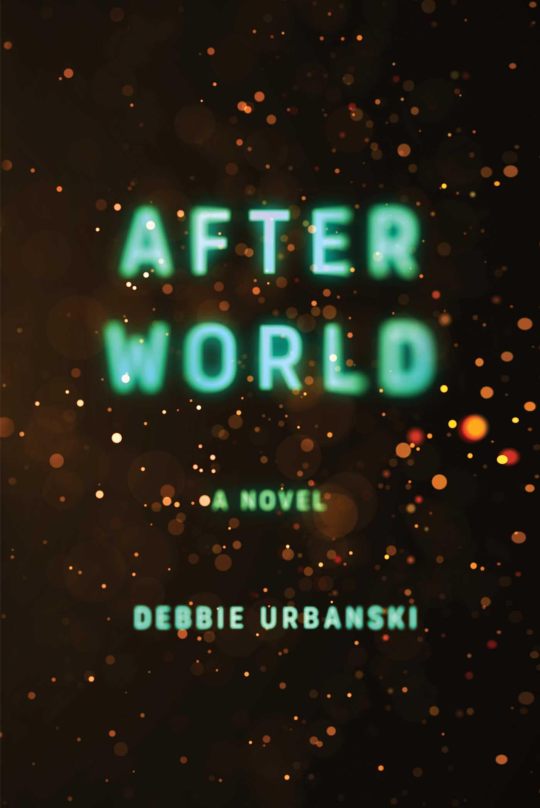
Debbie Urbanski's debut novel After World is an unflinching and relentlessly bleak tale of humanity's mass extinction, shot through with pathos and veined with seams of tragic tenderness and care:
https://www.simonandschuster.com/books/After-World/Debbie-Urbanski/9781668023457
I first encountered Urbanski in "An Incomplete Timeline of What We Tried," an experimental short story on Motherboard's brilliant Terraform science fiction portal:
https://www.vice.com/en/article/xwvgeq/an-incomplete-timeline-of-what-we-tried
"Incomplete Timeline" is a list of climate remediation steps "working back from human extinction," like "increased military fortification of national, provincial, and state borders," "the founding of several utopias," and "redefine the word wilderness."
These items begin with a climax, or perhaps an anticlimax: "The coordinated release of various strains of a human sterilization virus."
This is the jumping off point for After World, which expands this final item to the action of a wrenching tale whose backstory is the list's remainder. Sen Anon – the story's semi-protagonist – is 18 years old when the world learns that every person alive has been sterilized and so the human race is living out its last years.
The news triggers a manic insistence that this is a good thing – long overdue, in fact – and the perfect opportunity to scan every person alive for eventual reincarnation as virtual humans in an Edenic cloud metaverse called Gaia. That way, people can continue to live their lives without the haunting knowledge that everything they do makes the planet worse for every other living thing, and each other. Here, finally, is the resolution to the paradox of humanity: our desire to do good, and our inevitable failure on that scor8e.
And so the Earth is converted to a place of mass suicides, as people gurn and mug while boarding airplanes filled with explosives so they can go out in a literal blaze of glory. The food will run out soon, and the government makes sure everyone has a suicide pill for the day when the hunger grows too intense. Not everyone is lucky enough to get on one of the suicide flights, and, being eager to see themselves off before they harm the planet further, just hang themselves in the garage or jump off a roof. They are counted as heroes, but also nuisances, because disposing of the bodies is a lot of work.
But some people – young people – are given a mission to live on for as long as possible. These are the observer/recorders who are charged to spend the last days of the species closely watching the return of the natural world, the seeing off of humanity, and to write it all down in longhand in a succession of notebooks that are taken away by drones. This is part of the story humanity cooks up for itself about extinction being a noble choice, rather than a chaotic act born of desperation.
Sen Anon is one of these observers, and her mothers take her to a remote cabin to live out (and observe) the last of humanity's days, ensuring she is settled in and then killing themselves. After all, without them, Sen Anon's limited food supply – meagerly supplemented by drones in proportion to the quality of the observations in her notebooks – will stretch further.
Much of the novel takes the form of Sen Anon's notebook observations, countersunk with an omniscient third-person narrator who is revealed to be [storyworker] ad39-393a-7fbc, a software agent involved in the project to recreate all those dead humans in the Gaia metaverse.
[storyworker] ad39-393a-7fbc is a very unreliable narrator, who reprograms itself through the course of the story, all the while muttering asides to itself about the theoretical basis for telling Sen's story this way. [storyworker] ad39-393a-7fbc struggles with a supervisory AI that has been charged with overseeing all the [storyworkers], but which can't – or won't – rein in [storyworker] ad39-393a-7fbc as [storyworker] ad39-393a-7fbc grows more involved in Sen's life.
This experimental storytelling style (supplemented by found texts from humanity's dying, like a glossary of terms to be retired and new terms being created by a linguist who is starving to death as they complete their task) creates a contradictory narrative distance and closeness.
It's a curiously flawed omniscience that's allows Urbanski to capture the yawning, bottomless horror of the climate emergency of today and on the horizon. I don't think I've ever experienced the kind of sustained, deepening existential dread that After World created, chapter by chapter.
To sharpen this, Sen's mothers – scientists who were given exceptions to the no-child policy because their work was deemed essential to the now-abandoned project of saving humanity – are grimly supportive of the mass suicide project. When Sen's own horror creeps up on her, her mothers are sharp and often unkind, with only the smallest flashes of love and sorrow for their daughter escaping their facades, all the more vivid for their rarity.
In contrast, [storyworker] ad39-393a-7fbc grows ever more sympathetic to Sen and the rest of vanished humanity. [storyworker] ad39-393a-7fbc is a very convincing alien with motives and perspectives that are profoundly nonhuman, and yet, the compassion and love are unmistakable.
Of After World's two protagonists, [storyworker] ad39-393a-7fbc might be the more relatable. It takes an alien point of view to truly see humanity's flawed glory, irredeemable and irreplaceable. If you reveled in the nonhuman umwelts on display in Laura Jean McKay's 2020 debut The Animals In That Country, [storyworker] ad39-393a-7fbc will stretch your brain and imagination in similar ways:
https://pluralistic.net/2022/04/27/im-a-backdoor-man/#doolittle
After World is a book that goes hard. Pitiless, merciless and relentless, it takes you to the darkest depths of climate despair and reveals the indestructible beauty at our species' core.

If you'd like an essay-formatted version of this post to read or share, here's a link to it on pluralistic.net, my surveillance-free, ad-free, tracker-free blog:
https://pluralistic.net/2023/12/18/storyworker-ad39-393a-7fbc/#digital-human-archive-project
#pluralistic#books#reviews#eschatology#gift guide#science fiction#postapocalyptic#experimental fiction#clifi
92 notes
·
View notes
Photo
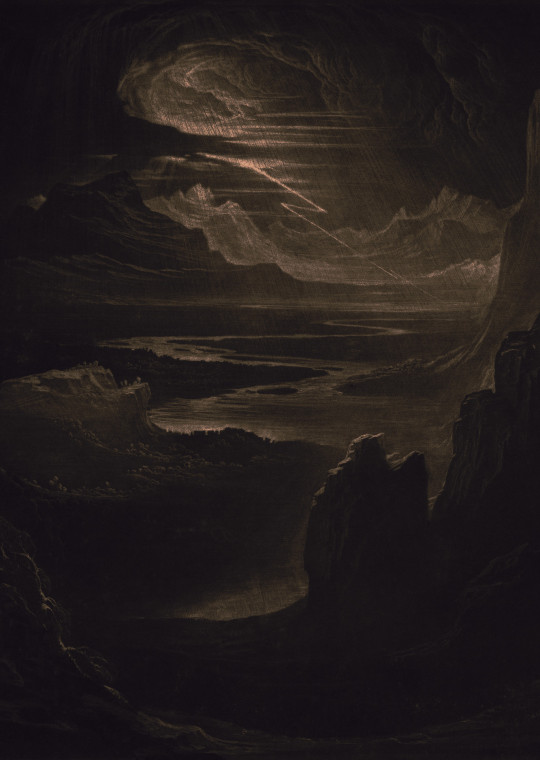
Edit after John Martin (The Paradise Lost of John Milton with Illustrations by John Martin) (Metropolitan Museum of Art)
(Ed. Lic.: CC BY-NC 3.0)
717 notes
·
View notes
Photo
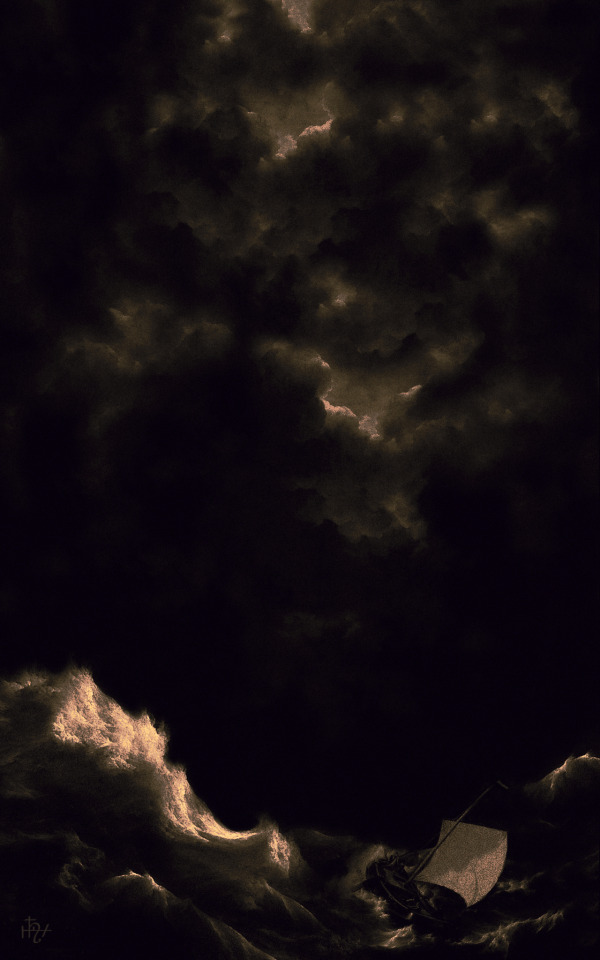
NOUGHTLUX
Storm at Sea (2nd Version)
Digital art
2022
(Lic.: CC BY-NC-SA 3.0)
#classical art#dark art#noughtlux#storm#eschatology#khaos#χάος#clouds#skyscape#seascape#digital art#artists on tumblr#art#CC BY NC SA
455 notes
·
View notes
Quote
Truth is not so much liberation and salvation in this world, as it is liberation and salvation from this world.
Nikolai Berdyaev, The Beginning and the End
#philosophy#quotes#Nikolai Berdyaev#The Beginning and the End#truth#liberation#freedom#liberty#world#eschatology
203 notes
·
View notes
Text

The horses of Death, from The Chariot of Death by Théophile Schuler
#theophile schuler#the horses of death#the chariot of death#four horsemen#eschatology#revelations#horse skulls#macabre#the grim reaper
25 notes
·
View notes
Photo

The Secret Books of the Egyptian Gnostics: An Introduction to the Gnostic Coptic Manuscripts Discovered at Chenoboskion — “Tells the story of the discovery and rescue of an astounding collection of sacred Gnostic texts, believed by many scholars to surpass the Dead Sea Scrolls in importance, discovered in the late 1940s in an Egyptian village after being concealed for sixteen centuries. Includes the famous Gospel According to Thomas.”
#gnosis#gnosticism#gnostic gospels#gospel of thomas#2nd century#nag hammadi#egypt#late antiquity#coptic#hebrew israelites#apocrypha#eschatology#banned books#library of alexandria#hermetic philosophy#hermeticism#new testament#1940's#early christianity#esotericism#books
218 notes
·
View notes
Text
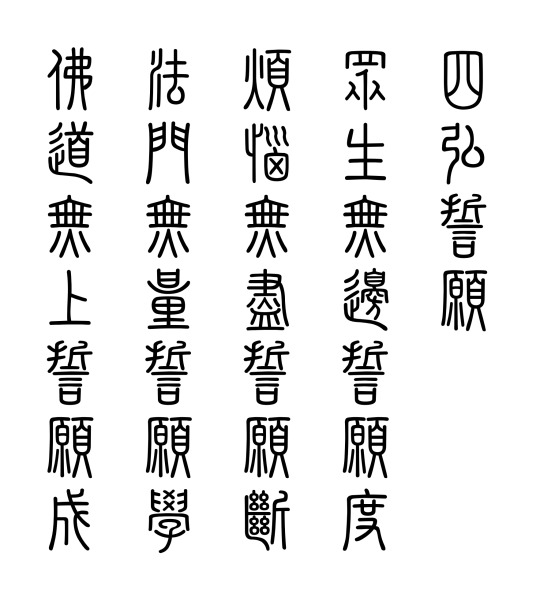
The Four Encompassing Vows
Masses of creatures, without bounds, I vow to save.
Anxiety and hate, delusive desires inexhaustible, I vow to break.
Dharma gates beyond measure, I vow to learn.
Buddha’s Way, unsurpassable, I vow to accomplish.
#bodhisattva#buddhism#mahayana#buddha#dharma#salvation#eschatology#teleology#nirvana#four noble truths#chinese#kanji#seal script
45 notes
·
View notes
Text

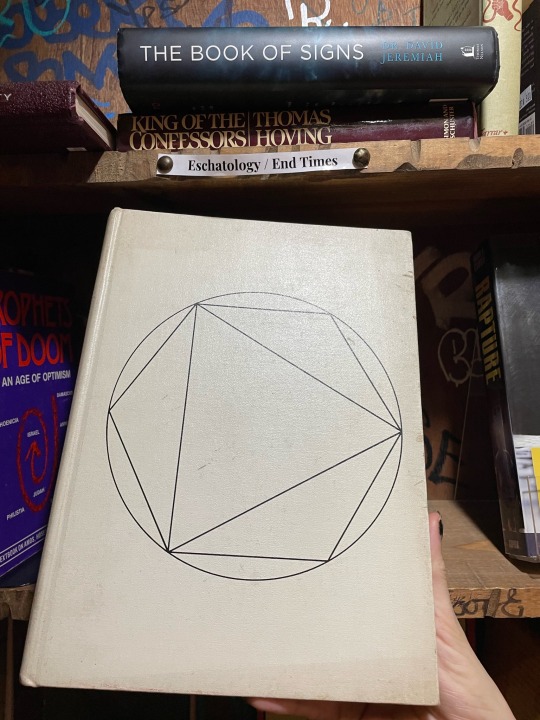


We found a 1971 Harvard yearbook in the Eschatology / End Times section?
23 notes
·
View notes
Text
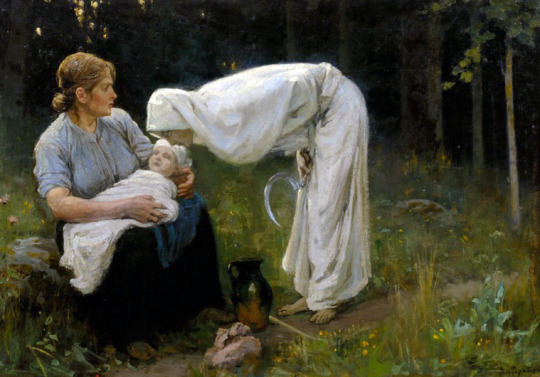
Janis Rozentāls, Death, 1897
36 notes
·
View notes
Photo

The Future (2nd version)
Digital art
2023
(Lic.: CC BY-NC-ND 3.0)
#dark art#whirlpool#storm#sepia#noughtlux#darkness#eschatology#eskhatos#ἔσχατος#abstract#landscape#digital art#artists on tumblr#art#CC BY NC ND
283 notes
·
View notes
Text

eschatology | eve l. ewing
10 notes
·
View notes
Text

𝐇𝐞𝐫𝐫𝐢 𝐦𝐞𝐭 𝐝𝐞 𝐁𝐥𝐞𝐬 - 𝐓𝐡𝐞 𝐈𝐧𝐟𝐞𝐫𝐧𝐨 - 𝟏𝟔𝐭𝐡 𝐜𝐞𝐧𝐭𝐮𝐫𝐲
𝐅𝐥𝐞𝐦𝐢𝐬𝐡 - 𝐨𝐢𝐥 𝐨𝐧 𝐜𝐚𝐧𝐯𝐚𝐬
𝐋𝐨𝐜𝐚𝐭𝐢𝐨𝐧: 𝐏𝐚𝐥𝐚𝐳𝐳𝐨 𝐃𝐮𝐜𝐚𝐥𝐞, 𝐕𝐞𝐧𝐢𝐜𝐞, 𝐈𝐭𝐚𝐥𝐲


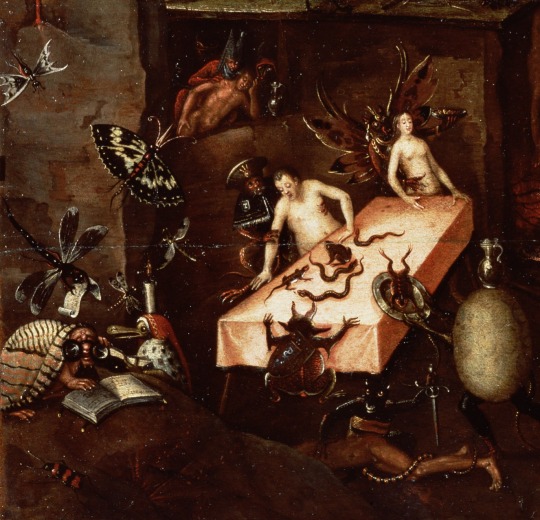

(𝐃𝐞𝐭𝐚𝐢𝐥𝐬)
#history of art#art blog#inferno#hell#artwork#oil painting#last judgement#christian art#flemish art#flemish painter#Herri met de Bles#art#sin#dark art#horror aesthetic#fire#demons#dark aesthetic#aesthetic eschatology#eschatology#art history#religious art#damnation#damned#hellscape#16th century#northern renaissance#Northern Mannerism#mannerism#landscape painting
7 notes
·
View notes
